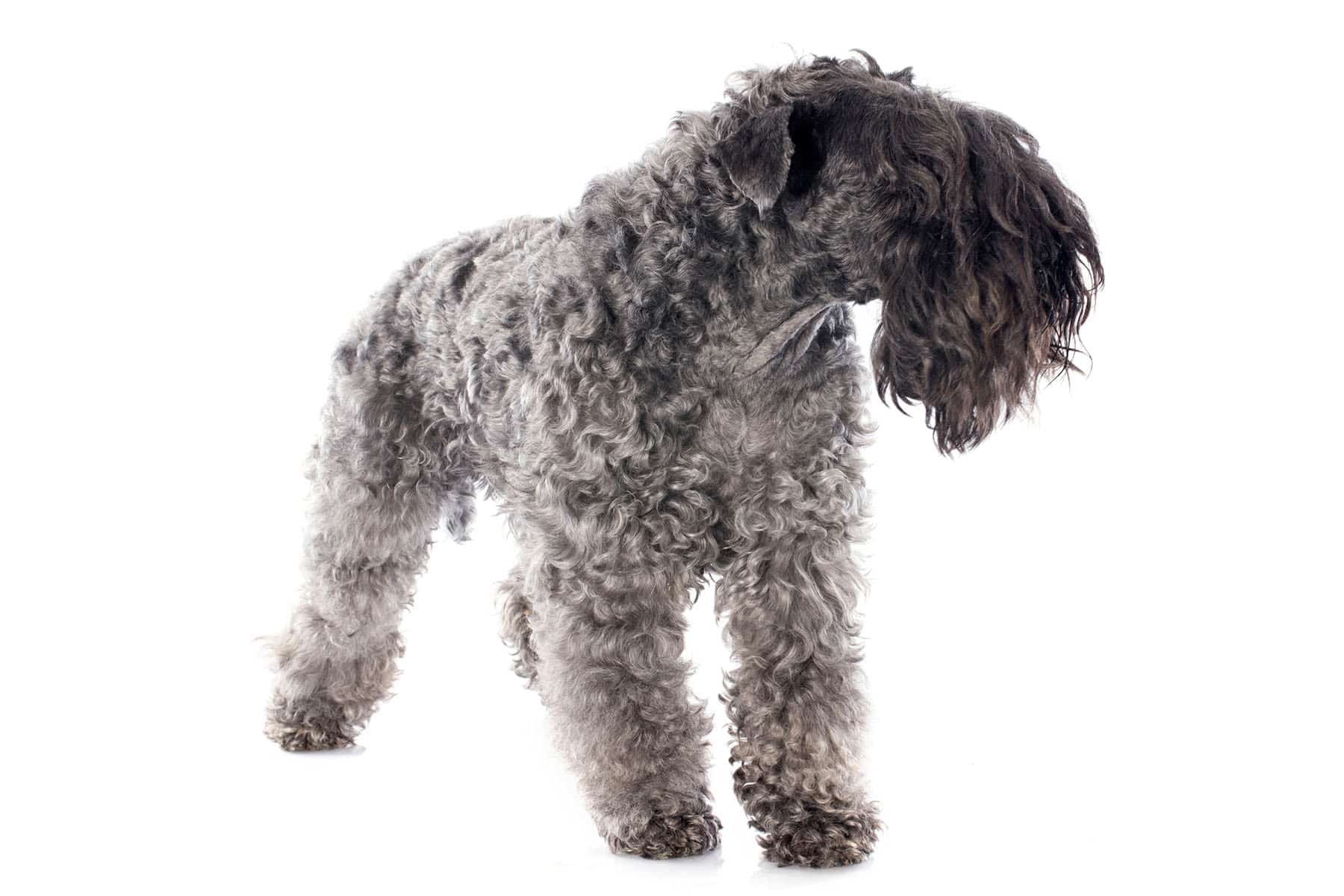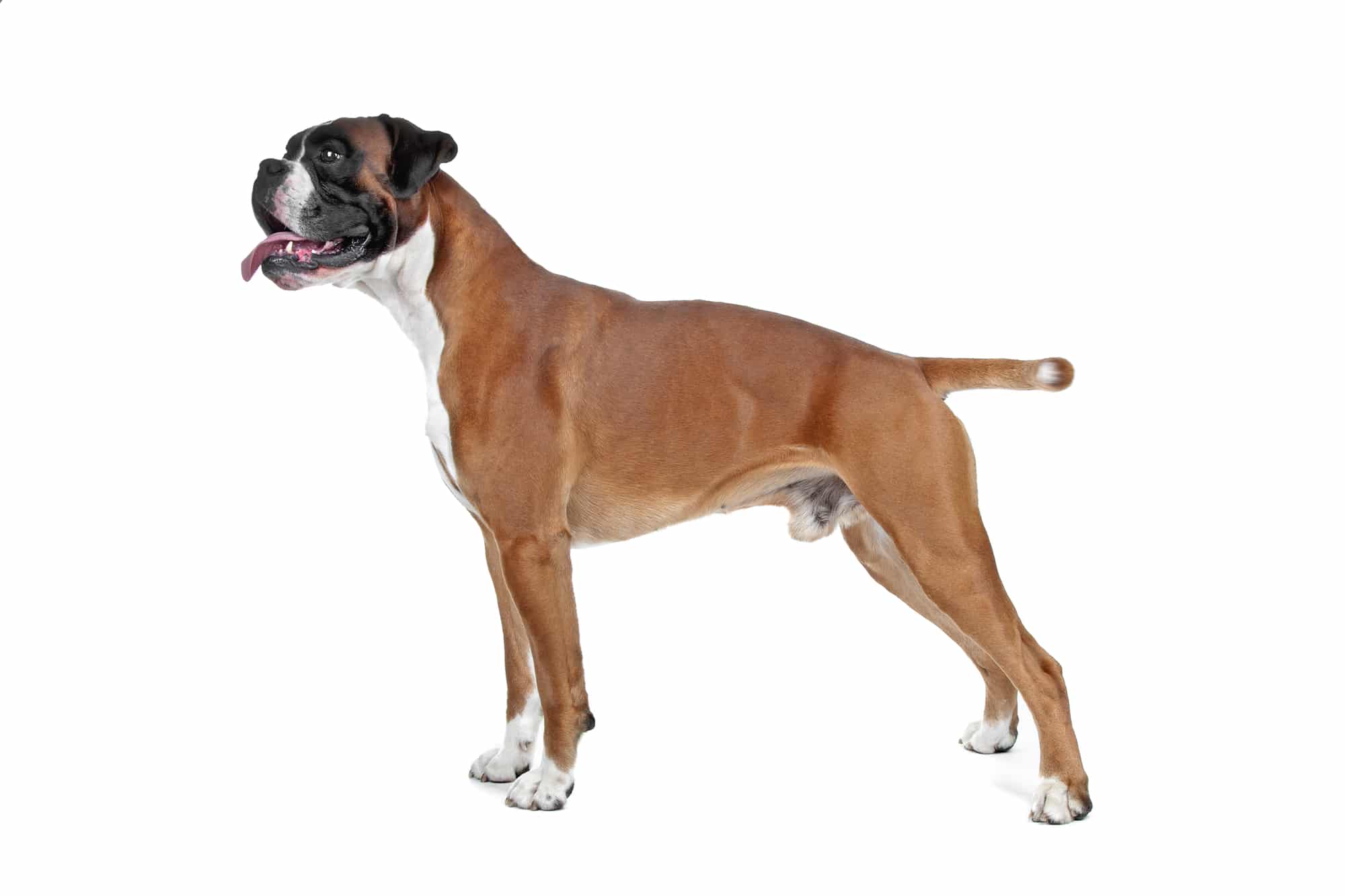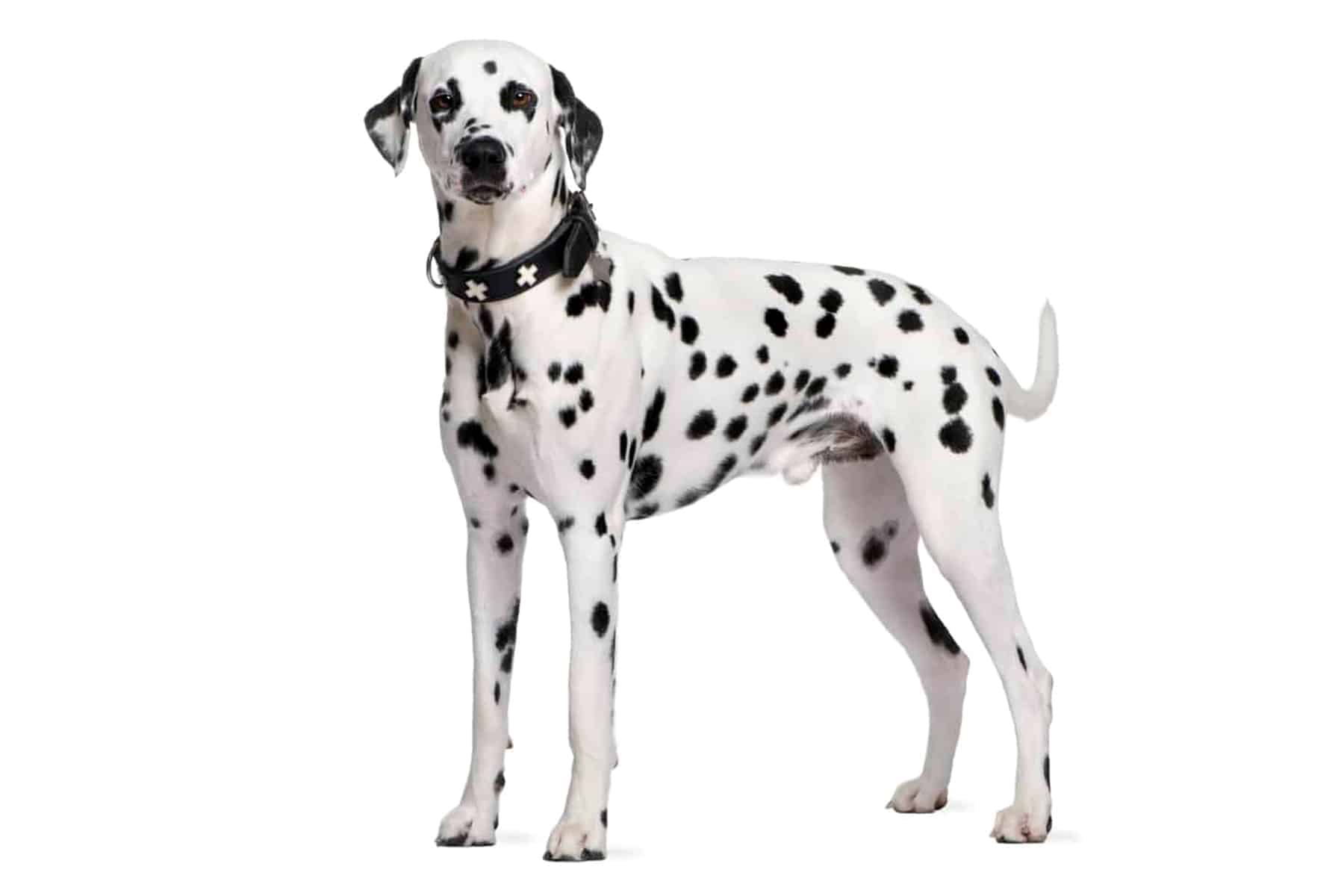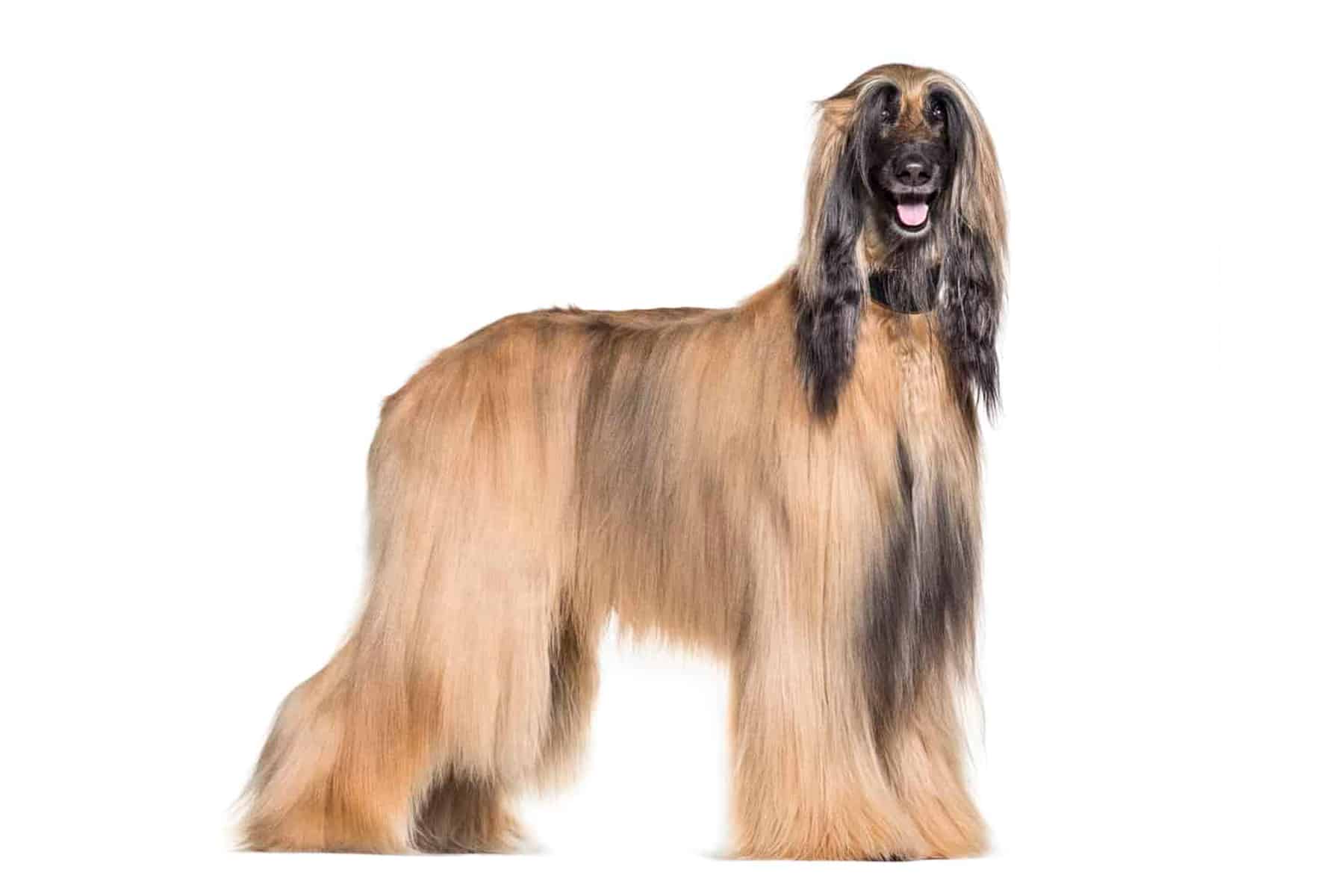Puli
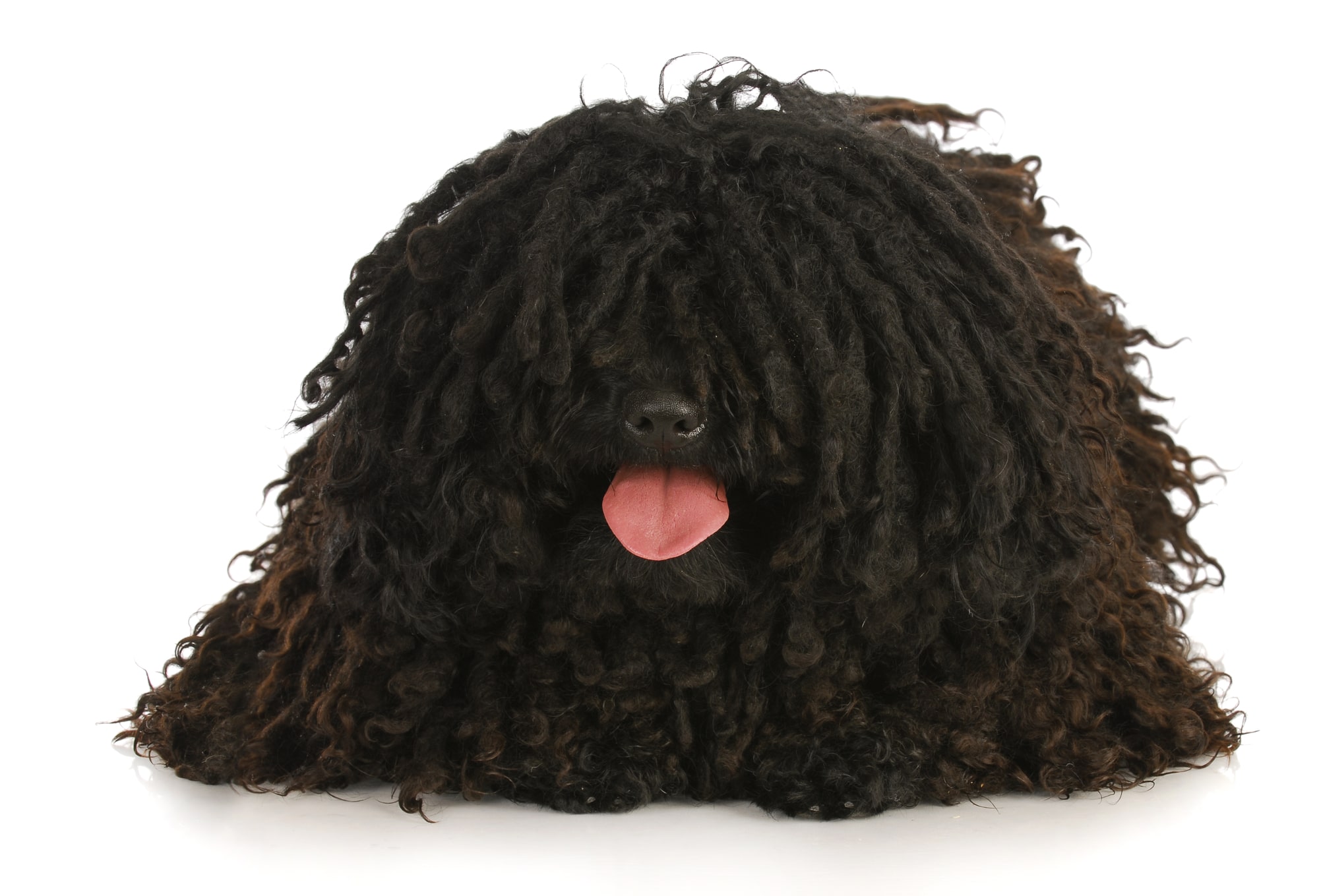
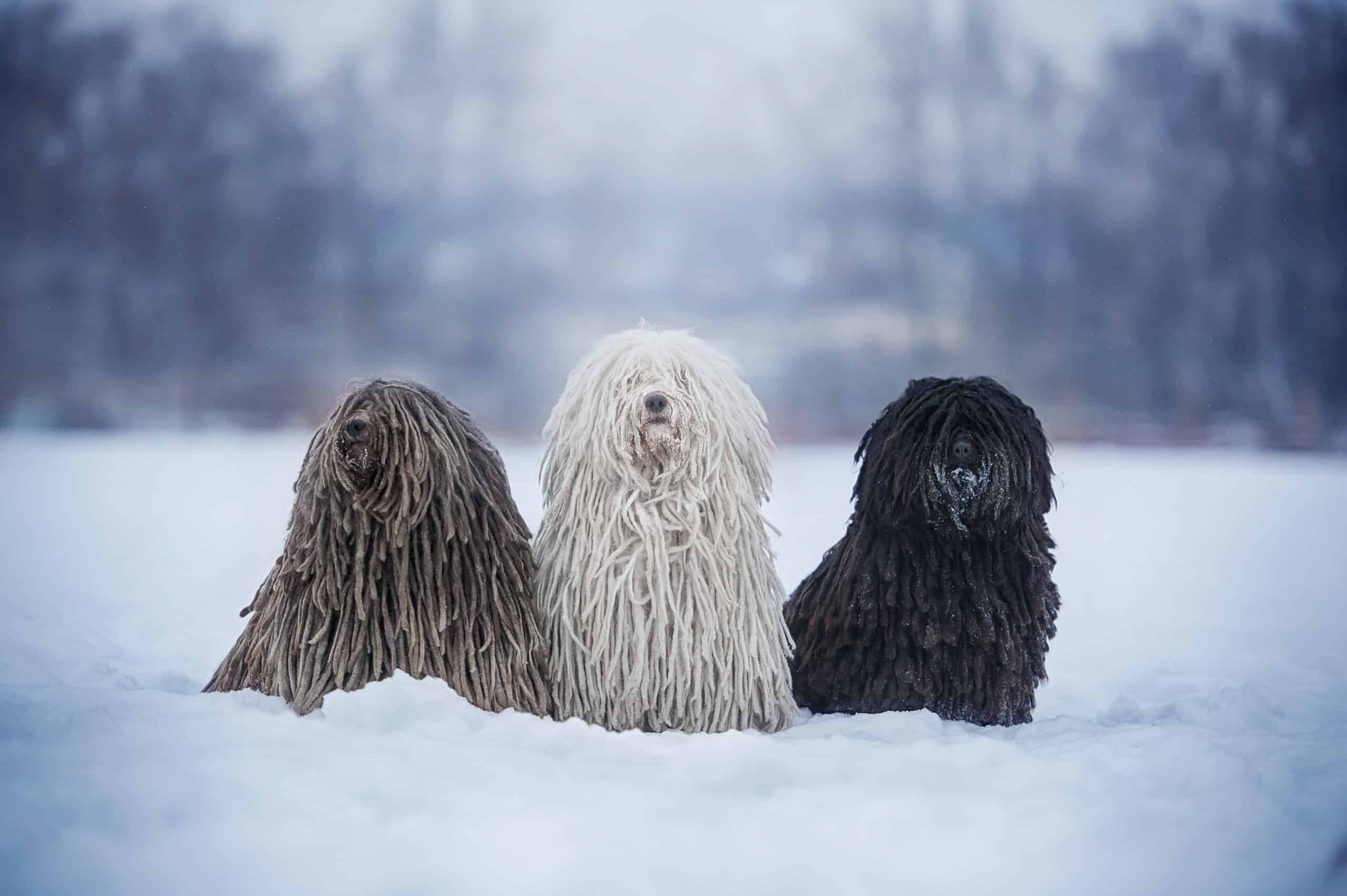
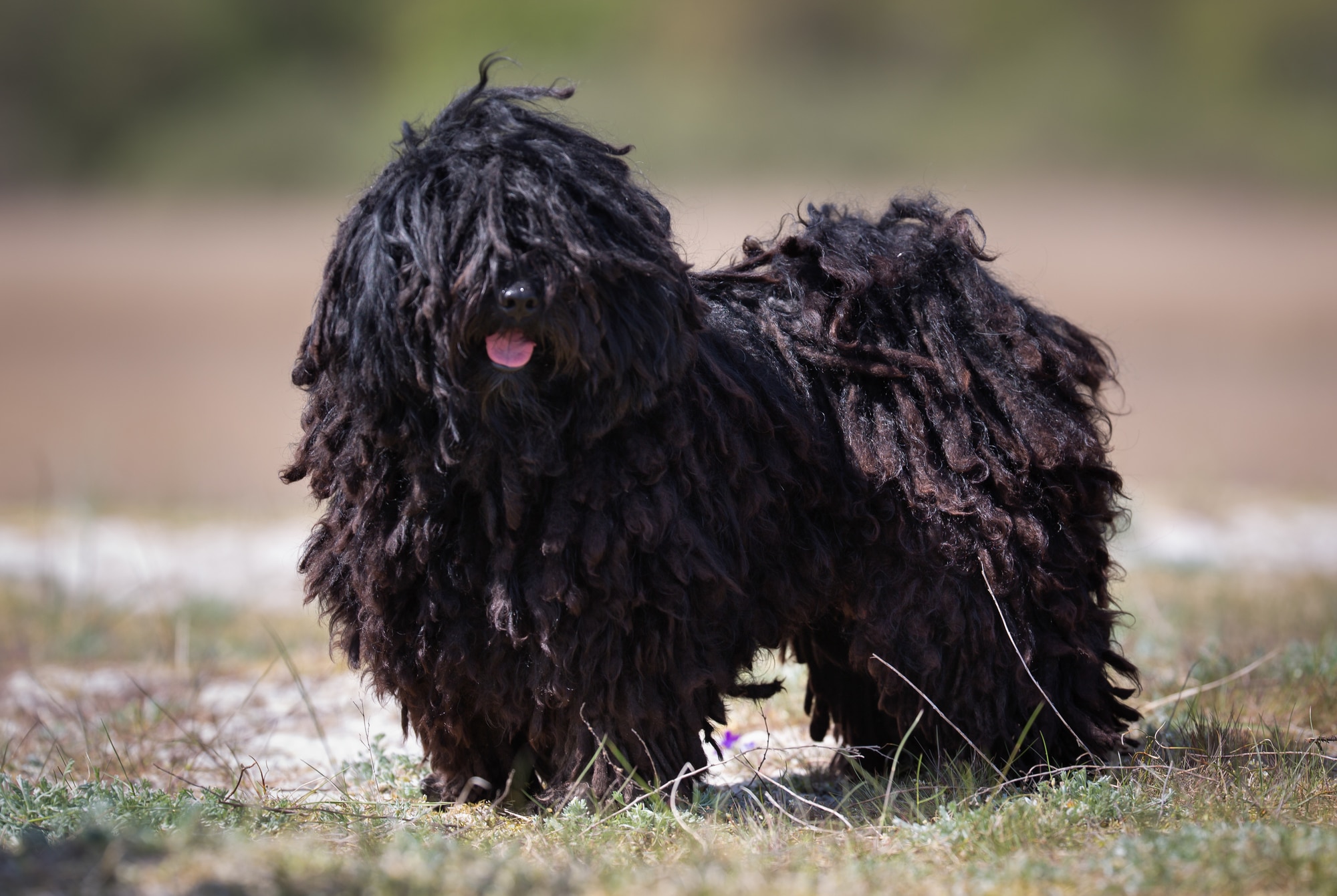
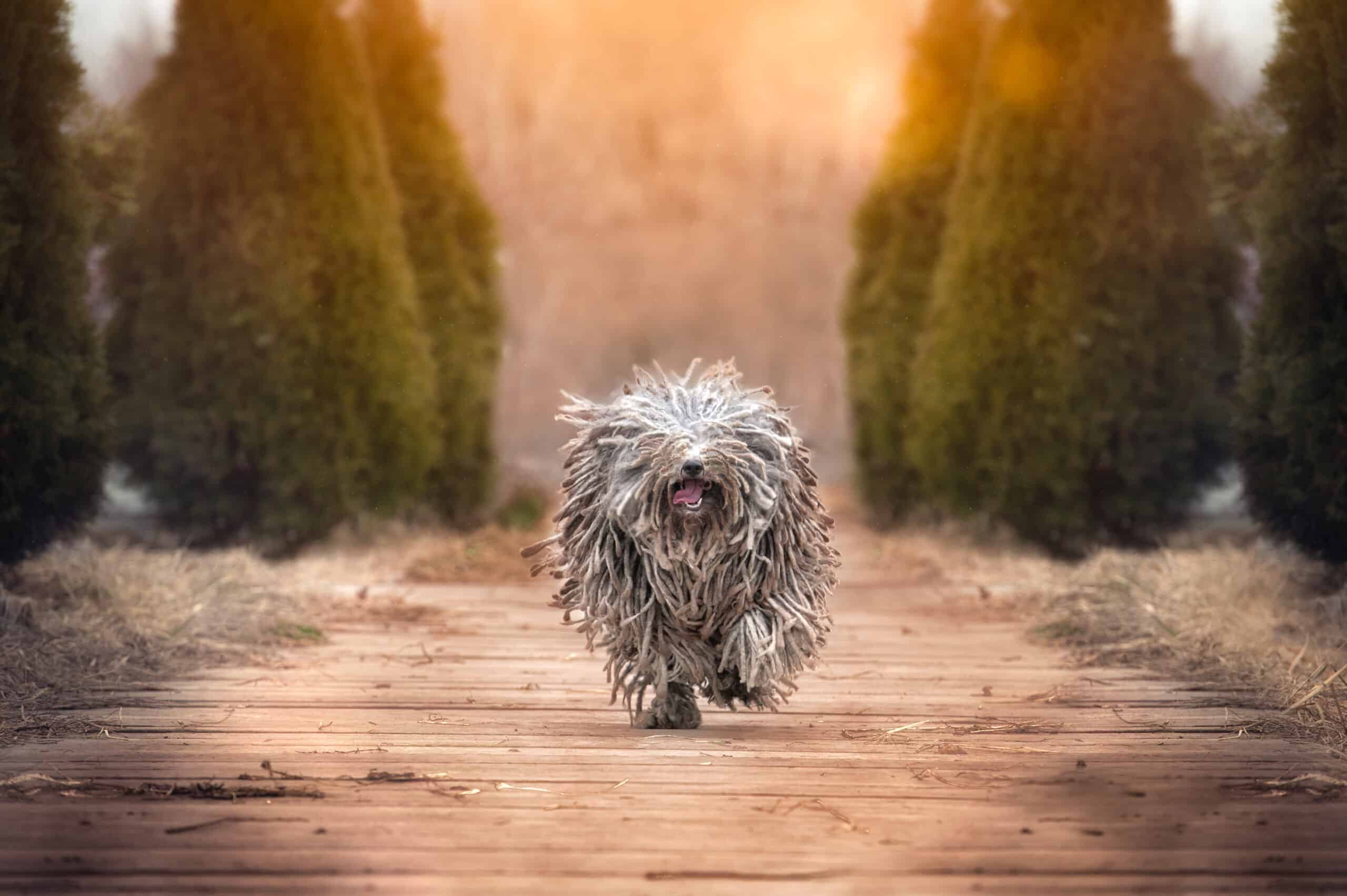
Temperament:
The Puli is a real eye-catcher, its appearance is extraordinary. Not only its long hair makes it something special. The Puli is a sporty and lively four-legged friend with pronounced intelligence. He is a loyal and very alert dog and friend.
Characteristics
The Puli belongs to group 1 of herding and driving dogs and to section 1 of herding dogs without working test of the FCI. Its country of origin is Hungary.
The Hungarian Puli is a medium-sized dog. Males usually reach a shoulder height of 39 - 45 cm and weigh approx. 13 - 15 kg. Females reach a shoulder height of 36 - 42 cm and weigh up to 13 kg. The dog has a proud life expectancy of up to 16 years and has no typical breed diseases.
The Puli is characterized by its shaggy coat and floor-length whiskers. The coat is black or white. The black Puli can have rust-red shades. It is also more frequently seen in grey and fawn colors.
Originally, the Puli was kept as a herding dog. Today, it often lives in the house as a family dog. A large garden is an advantage for the agile Puli. However, with plenty of exercise and movement, it also feels at home in a city apartment. It is particularly important for him to be close to his human.
The Puli is a loyal dog. Its instinct remains that of a herding dog. That is why he likes to "guard" his owner and his family instead of the herd. As is typical of the breed, it guards its territory barking loudly and resolutely. He is naturally suspicious of strangers. This also applies to unfamiliar animals or situations.
The breed is extremely intelligent and eager to learn. Contrary to what its appearance might initially suggest, it is very agile and persistent. He loves challenging tasks and games.
The Puli is a very headstrong dog and therefore needs consistent training right from the start.
He can have moody phases and then withdraw for several hours.
It is robust and not very susceptible to disease. Its shaggy coat makes it suitable for both the cold and warm seasons. In midsummer, however, walks should be limited to the morning and evening hours when it is not too hot. Some pulik (plural of Puli) like to go into the water, others are very afraid of water.
Coat care:
Shedding:
Energy level:
Trainability:
Children suitable:
The right food
When choosing food, make sure that it contains high-quality ingredients, is balanced and meets your dog's requirements. Age, size or weight, activity and health status play an important role. You should follow the manufacturer's recommendations for the amount of food.
Treats should only be fed in moderation and deducted from the basic diet to avoid obesity.
Puppies can be fed 4-6 times a day. The number of meals should be gradually reduced to 2 per day until the dog is fully grown. A rest period should be observed after meals.
Fresh drinking water should be available at all times.
Health & Care
Contrary to what is often assumed, you don't have to pay too much attention to grooming your Puli. However, you should allow plenty of time for grooming.
If you have a puppy, you should first and foremost stroke it gently through its curly or wavy coat. That's enough for a start.
Over time, the clearly structured villi and strands develop. From this point onwards, the ends of the hair must be pulled apart accordingly (villi). This grooming takes a lot of time. Under no circumstances should the Puli be brushed or combed, as this is the only way to give it its characteristic shaggy and corded coat.
The Puli has the best prerequisites for carrying dirt and grime from outside into the house. Its long coat also magically attracts house dust. Nevertheless, the Puli should only be washed or bathed with clean water as a last resort.
The best way to remove obvious dirt or foreign objects such as leaves or twigs is by hand. You can trim the Puli's fur around the anus. This will save you very unpleasant situations and odors in the house.
To ensure that the dog's vision is not impaired, you can also tie the fur around the eyes into a plait with a hair tie. Alternatively, you can shorten the fur so that the eye area remains free.
Ears and eyes should be checked regularly as with any other dog. Hair also forms in these areas and it is best to remove it. This reduces the risk of inflammation and prevents mite infestation. A damp cloth is recommended for cleaning these areas.
It is also important to pay attention to the claws. If they have become too long, they must be shortened with a claw clipper.
Suitable accessories
The basic equipment for your Pulis, as with all other dogs, includes a suitable collar and lead, a sufficiently large dog basket or dog mat as a place to retreat to, water and food bowls, tick tweezers, claw clippers, toothbrush and toothpaste for dogs, a transport box for transportation in the car and a first aid kit. It's best to ask your vet what should be in the first aid kit.
With suitable dog toys or a tunnel for the garden, you can give your sporty Puli a lot of fun.
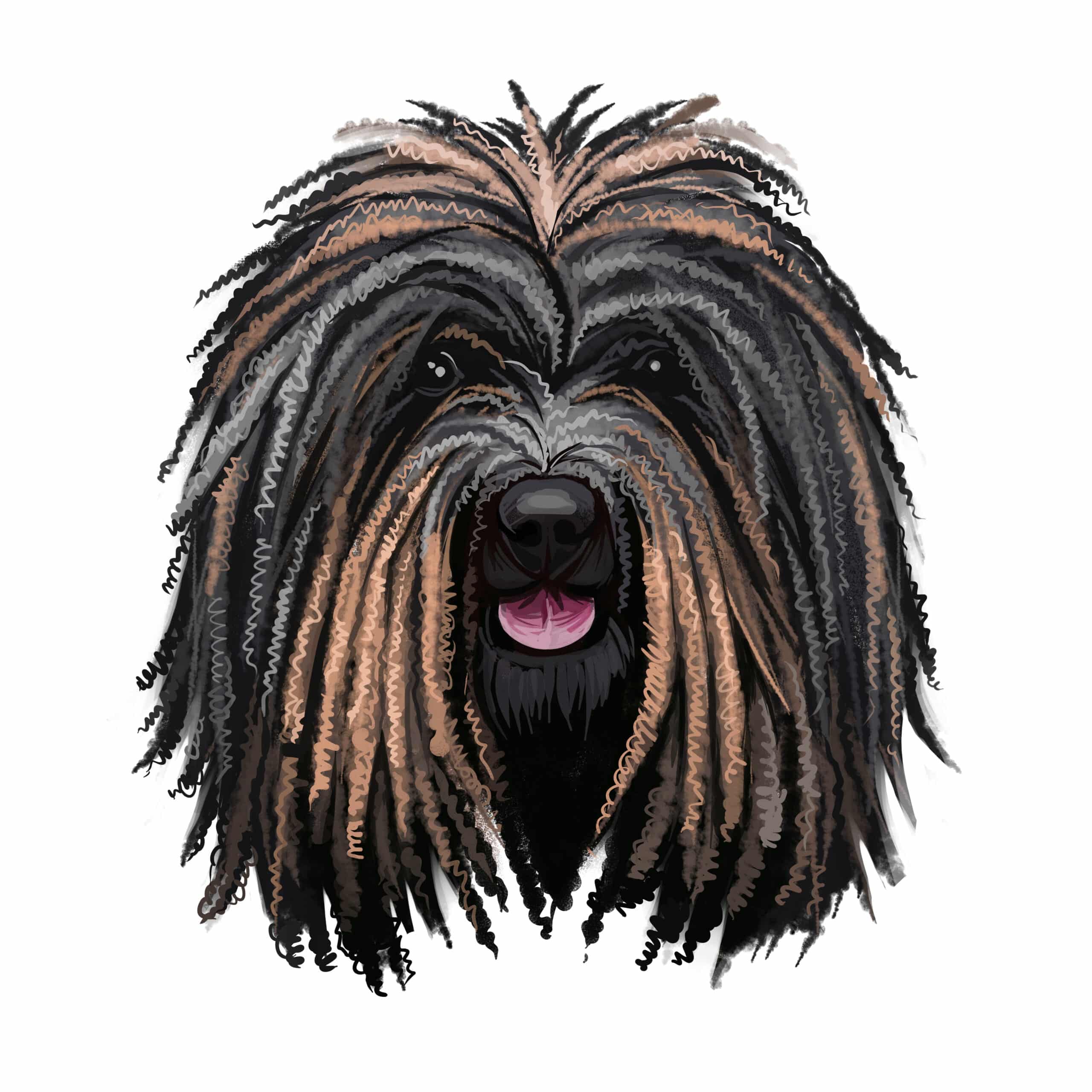
Origin & History
It is believed that the Puli was brought to Hungary from Asia by nomads more than 1000 years ago.
When the Ottomans conquered Hungary in the 16th century, breeding was banned and the breed declined sharply. With the Austro-Hungarian Compromise in 1867, things began to look up again and from then on Puli breeding was allowed to be practiced legally.
The Puli is one of the oldest dog breeds, mentioned in literature as early as 1751. The first standard was established in Hungary in 1915.
At that time, the Hungarians bred the Puli in all colors, today they concentrate on the color black. The alert dogs successfully herded and drove flocks of sheep, pigs and other small animals. Today, they are mainly used as herding dogs in sheep farming and are very popular as family dogs.
The FCI first recognized the breed in 1935, but final recognition was not granted until 11th August 1954. The breed club "Deutscher Puli Klub" has existed since 1989.
